Railway stations are the gateway to countries and culture and they give you a first-hand glimpse into what you can expect from the city. Well, the Amsterdam Centraal Station is no exception, if you are looking to options to explore Amsterdam. Opened in 1889, the station building was designed by Pierre Cuypers, a dutch architect with an eye for details. The station is built on three artificial islands on the IJ lake which were reclaimed from the waters and then interconnected. The station was build in Gothic, Rennassiance revival style the design principle being similar to Mumbai Chhatrapati Shivaji Terminus formerly known as Victoria Terminus.
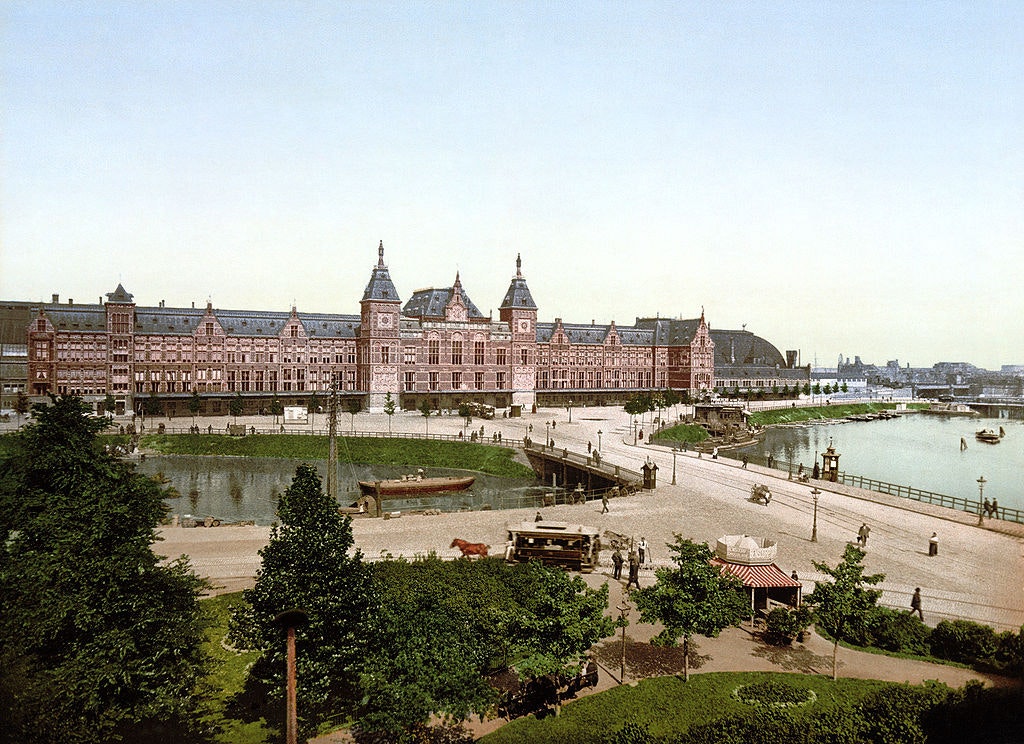
A brief history of the Station
The Amsterdam Centraal Station station was to be built as a replacement for the old Willemspoort Station, which was running out of space and facilities. The old station was closed in 1878 and a new station was ideated by the city authorities. A temporary station Westerdok was in operation from 1878-89 for all North and Southbound trains.
Amsterdam Tour Package Starting @ ₹ 96,406
First plans and drafts of the Station
The Amsterdam Centraal Station was first conceived in 1878, and to utter amazement was thought to be a destructive and catastrophic plan by many experts and also by people who were involved in it. They believed it will destroy the charm, beauty, and glory of the beautiful waterfront city and its canals.
Design of the Station
The plan was pushed by a narrow majority in the municipal council votes and Cuypers who was a well-acclaimed architect with designing masterpiece like Rijksmuseum under his belt was entrusted with the design elements of the station. The designs for Amsterdam Centraal Station by Cuypers were finalised by 1882 and the construction phase lasted from 1882 till 1889. It is believed that Cuypers was more involved in decorations and design of the masterpiece and much of the structural design was left to railway engineers of the contractor Philipp Holzmann AG, a Frankfurt-based company.
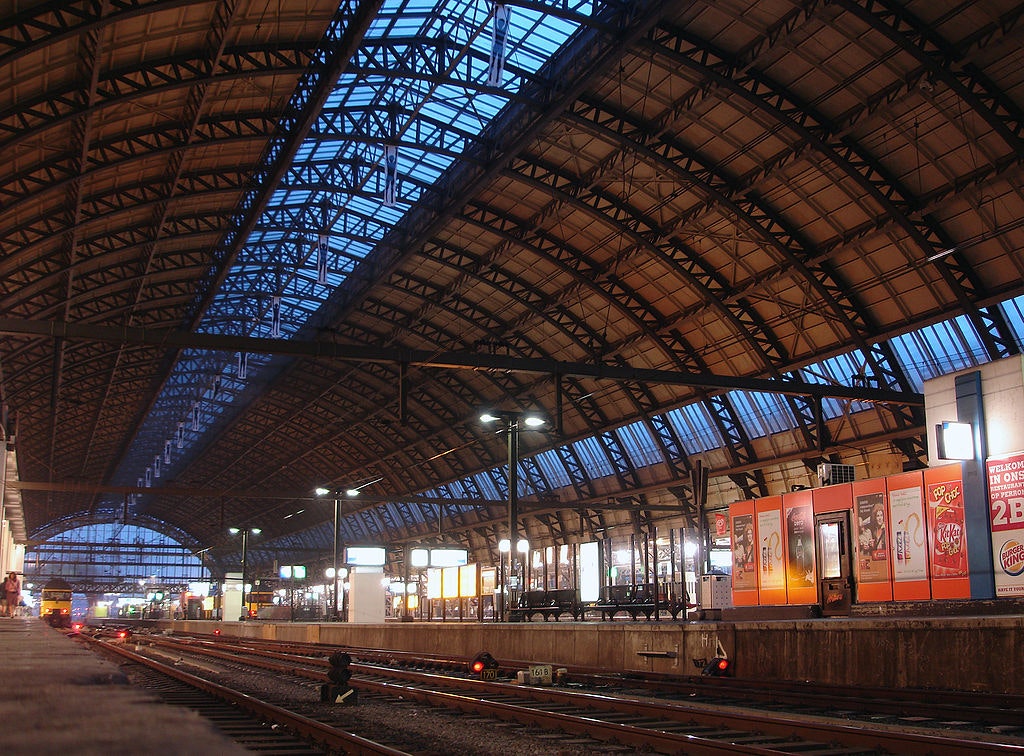
The Station since then has undergone many major and minor renovations and additions, notably in 1920 when the East wing was completely demolished and replaced by a postal building. The addition of a pedestrian tunnel connecting the road and inside of the station was completed in 1950. The station underwent a major rehaul from 1997 because of Amsterdam North-south line development which got completed in 2018 after facing multiple delays. In 2004 the station extended the platform for 10-15 high-speed lines to accommodate international trains going towards France and UK.

Current status of Centraal Station as a transportation hub
The Station is the largest international hub in the Netherlands and sees a footfall of about 2 Lakh commuters daily. The major operator of the National and international services is Nederlandse Spoorwegen (NS) train company, which is also the principal railway operator in the Netherlands. Along with this Amsterdam metro also uses this station as a hub and terminal station for Northbound routes operated by Gemeente Vervoerbedrijf Amsterdam (GVB), which is the municipal public transport operator for the Netherlands. GVB also operates some tram lines and public buses from the terminal for commuters. It also has a ferry terminal for commuters to enter the city’s waterways via IJ lake.
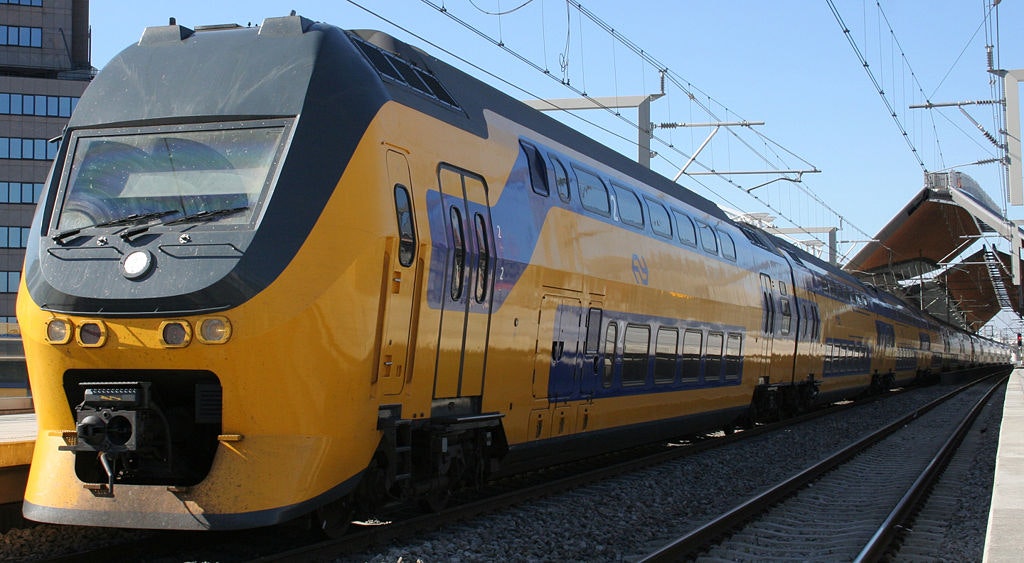
The Amsterdam Centraal Station played a major role in changing the transport scenario in Amsterdam, which was primarily a waterfront city before. The opening of the station changed the city’s primary network of transport from waterways to tram, metro, and buses in the years which followed. This was a paradigm shift and triggered developmental activities in the city centre, which led to Amsterdam becoming one of the greatest cities in Europe. Curious to check out this architectural masterpiece? Head out to pickyourtrail.com for your Amsterdam tour packages and exploring more things to do in Amsterdam and beyond.
Related Itineraries
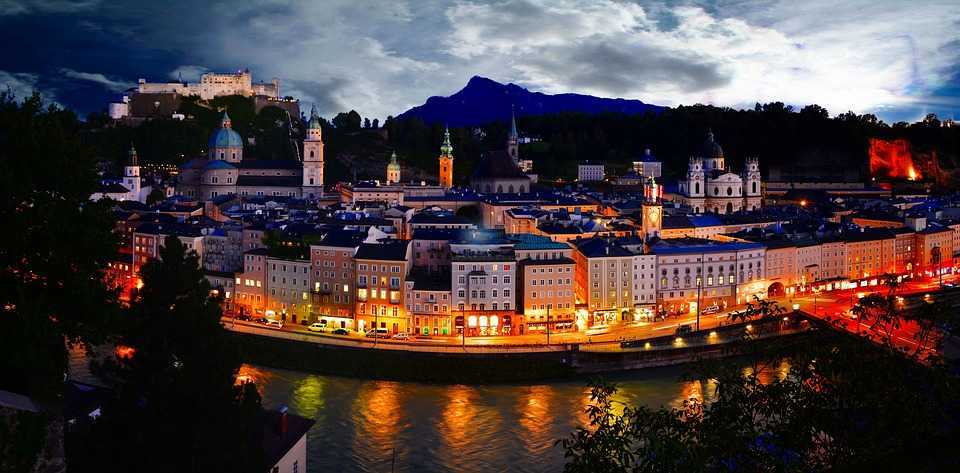
Beautiful 10 Nights Amsterdam Tour Package
- Flights excluded
- 4 star accommodations
- 8 activities
- Private transfer
₹ 1,84,115
Starting price/person

Amazing 8 Nights Amsterdam Netherlands Holiday Packages
- Flights included
- 4 star accommodations
- 7 activities
- Shared transfer
₹ 2,50,740
Starting price/person
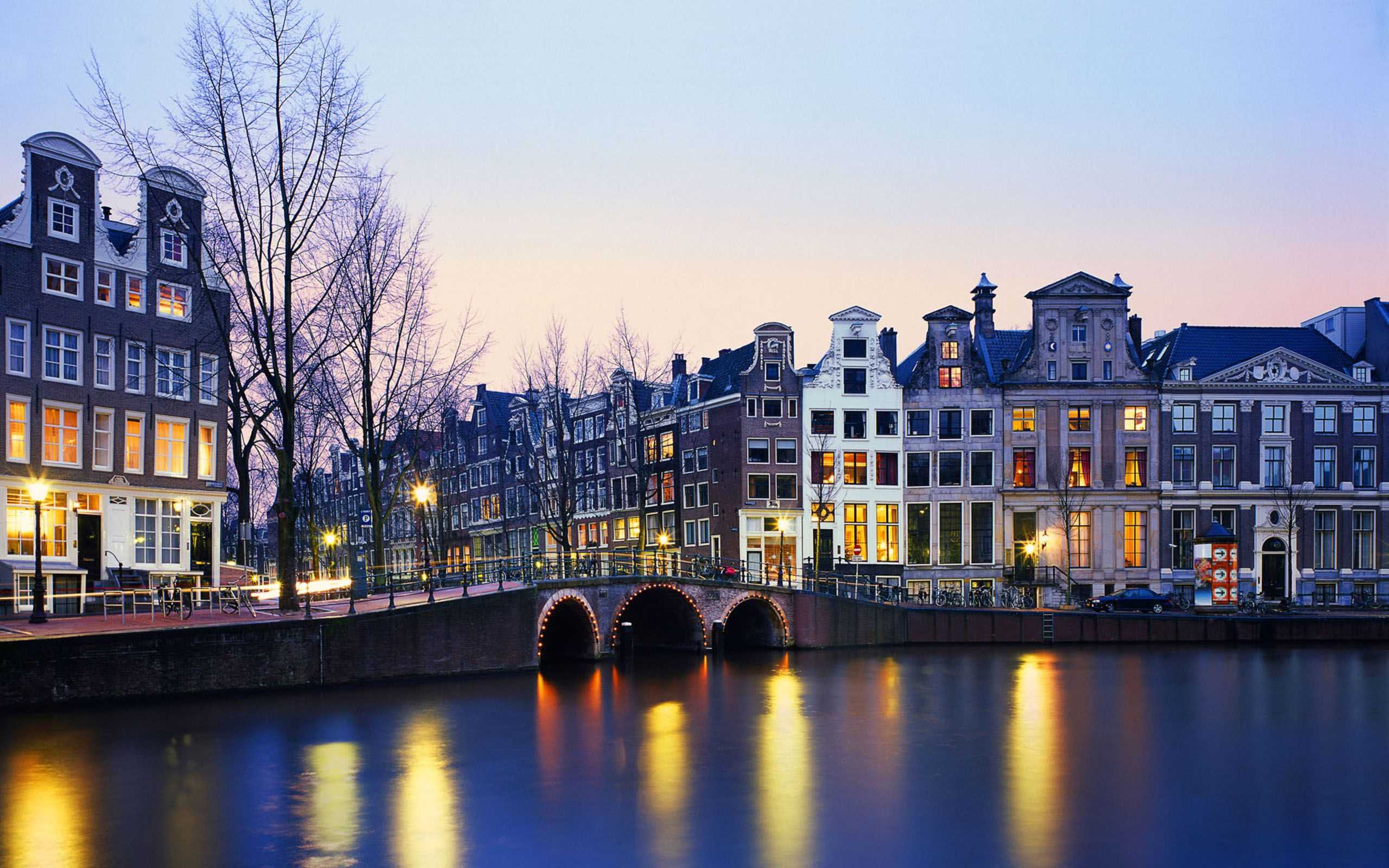
Jubilant 7 Nights Amsterdam Package Holidays
- Flights excluded
- 4 star accommodations
- 4 activities
- Private transfer
₹ 68,849
Starting price/person
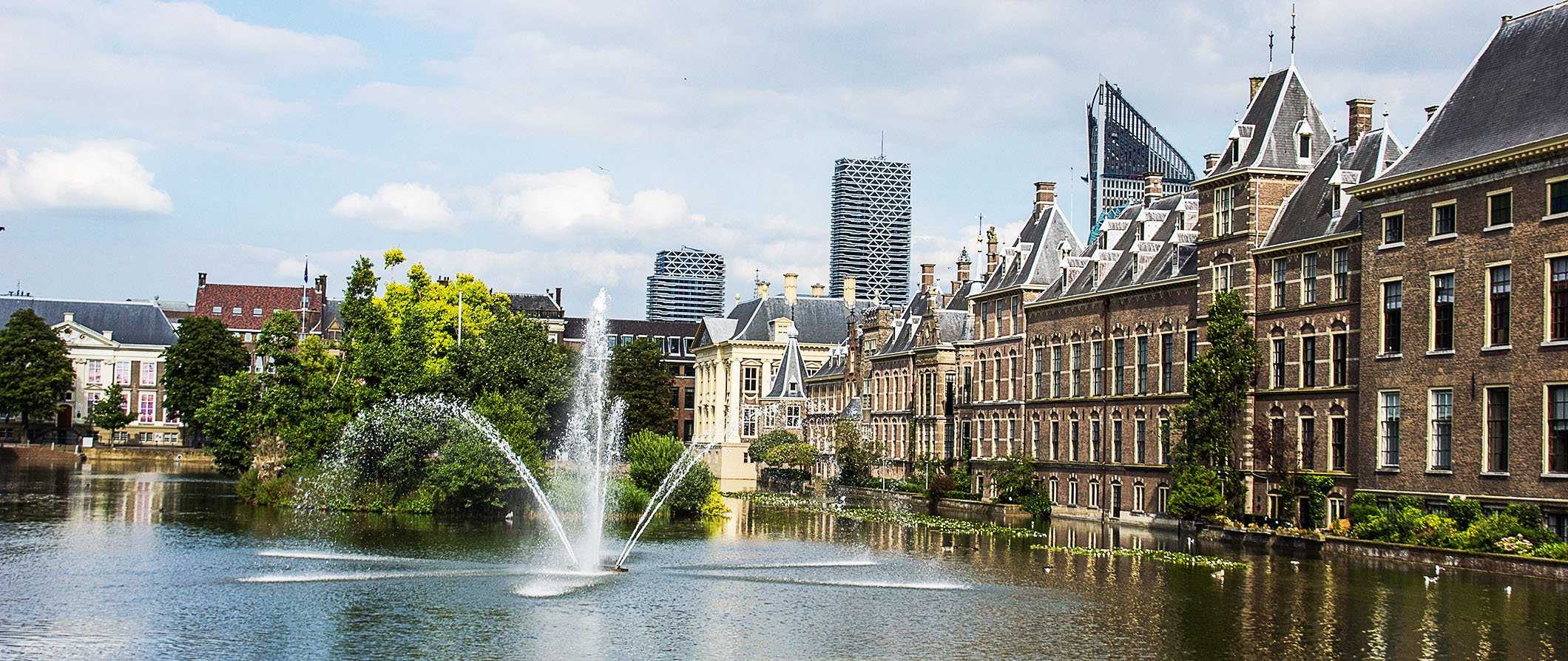
Magnificent 10 Nights Amsterdam Honeymoon Package
- Flights excluded
- 4 star accommodations
- 5 activities
- Private transfer
₹ 61,345
Starting price/person

Beautiful 10 Nights Amsterdam Packages From India
- Flights excluded
- 4 star accommodations
- 5 activities
- Private transfer
₹ 73,014
Starting price/person
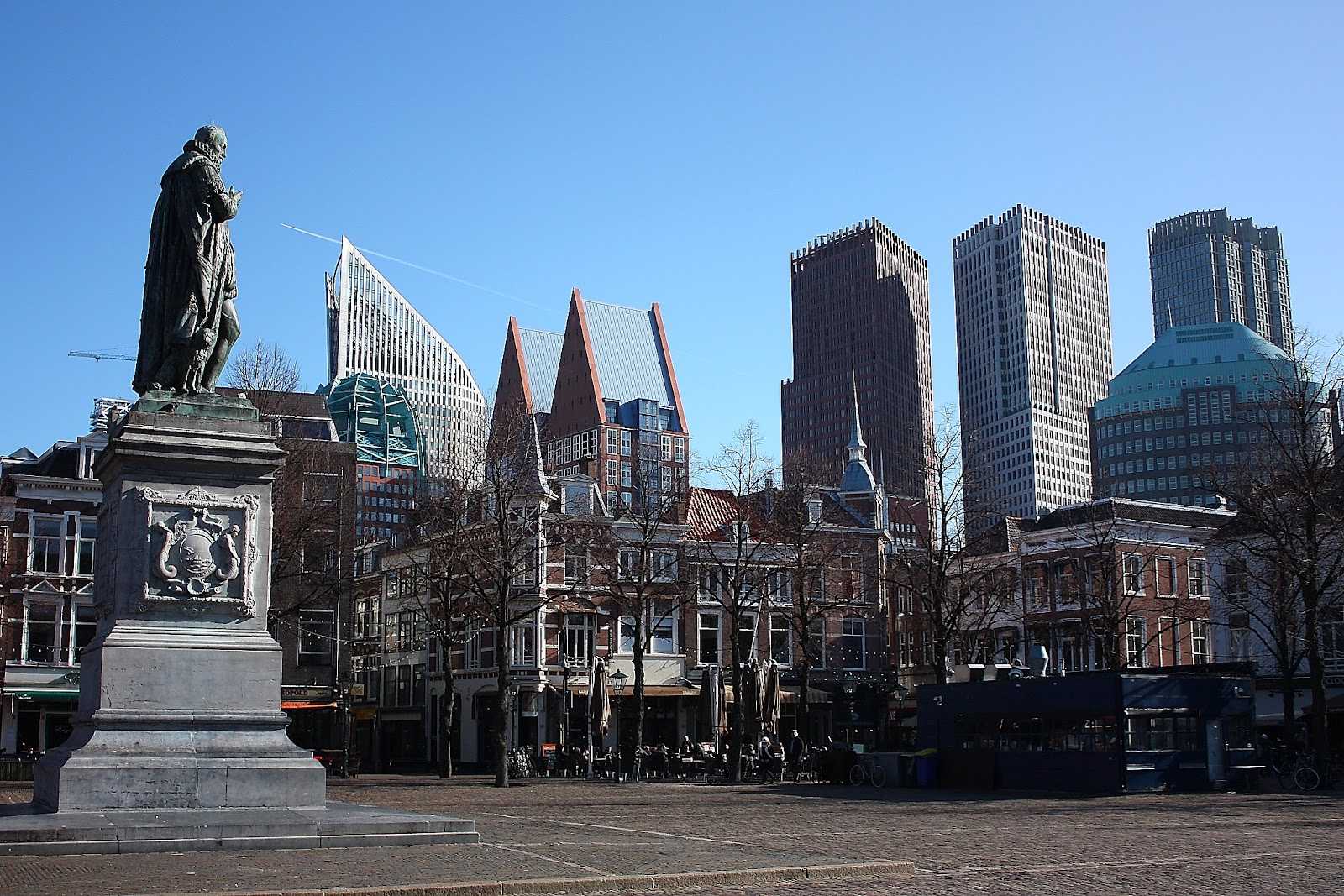
Gorgeous Amsterdam 5 Days Package
- Flights excluded
- 4 star accommodations
- 6 activities
- Private transfer
₹ 41,078
Starting price/person
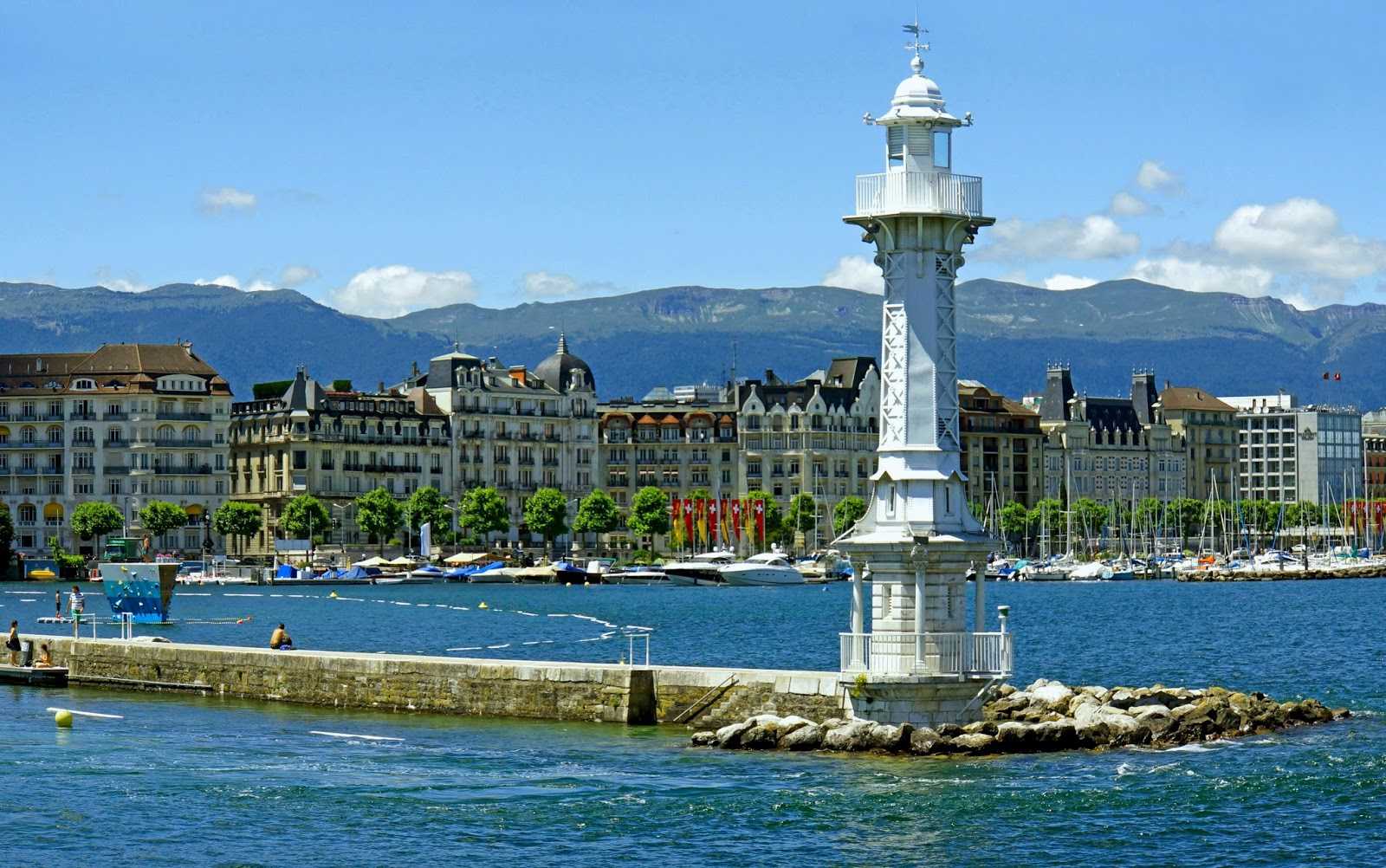
Amazing 10 Nights Amsterdam And Switzerland Package
- Flights excluded
- 4 star accommodations
- 6 activities
- Private transfer
₹ 1,66,903
Starting price/person
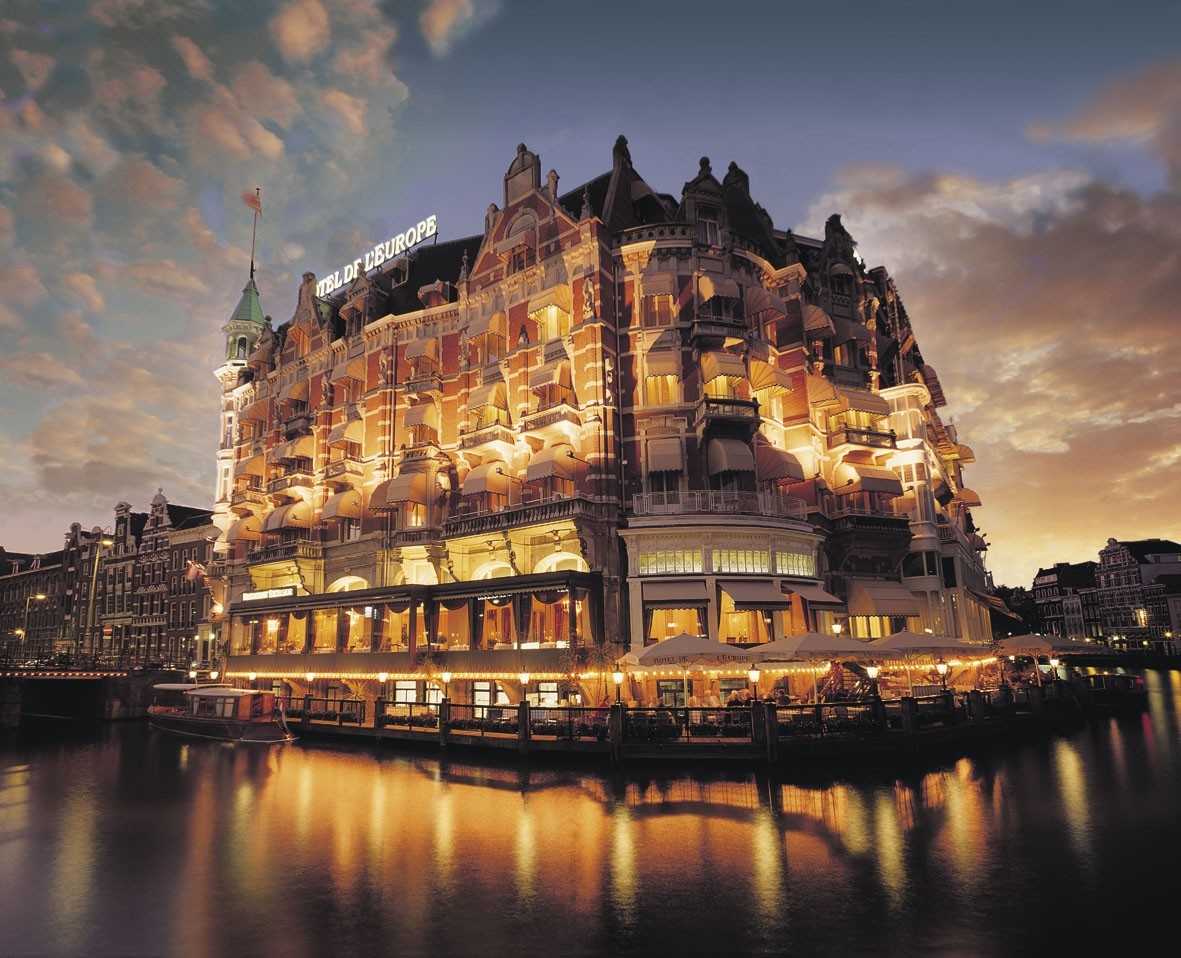
Fantastic 6 Nights Amsterdam Bachelor Party Packages
- Flights excluded
- 4 star accommodations
- 5 activities
- Shared transfer
₹ 73,940
Starting price/person
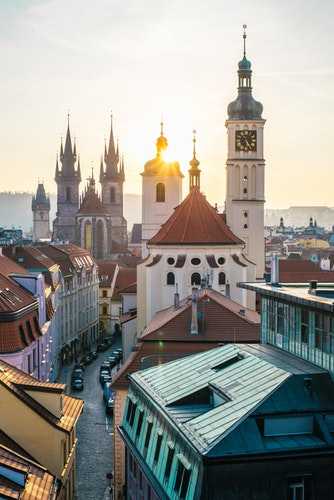
Refreshing 8 Nights Amsterdam Package For Couple
- Flights excluded
- 4 star accommodations
- 3 activities
- Shared transfer
₹ 68,745
Starting price/person
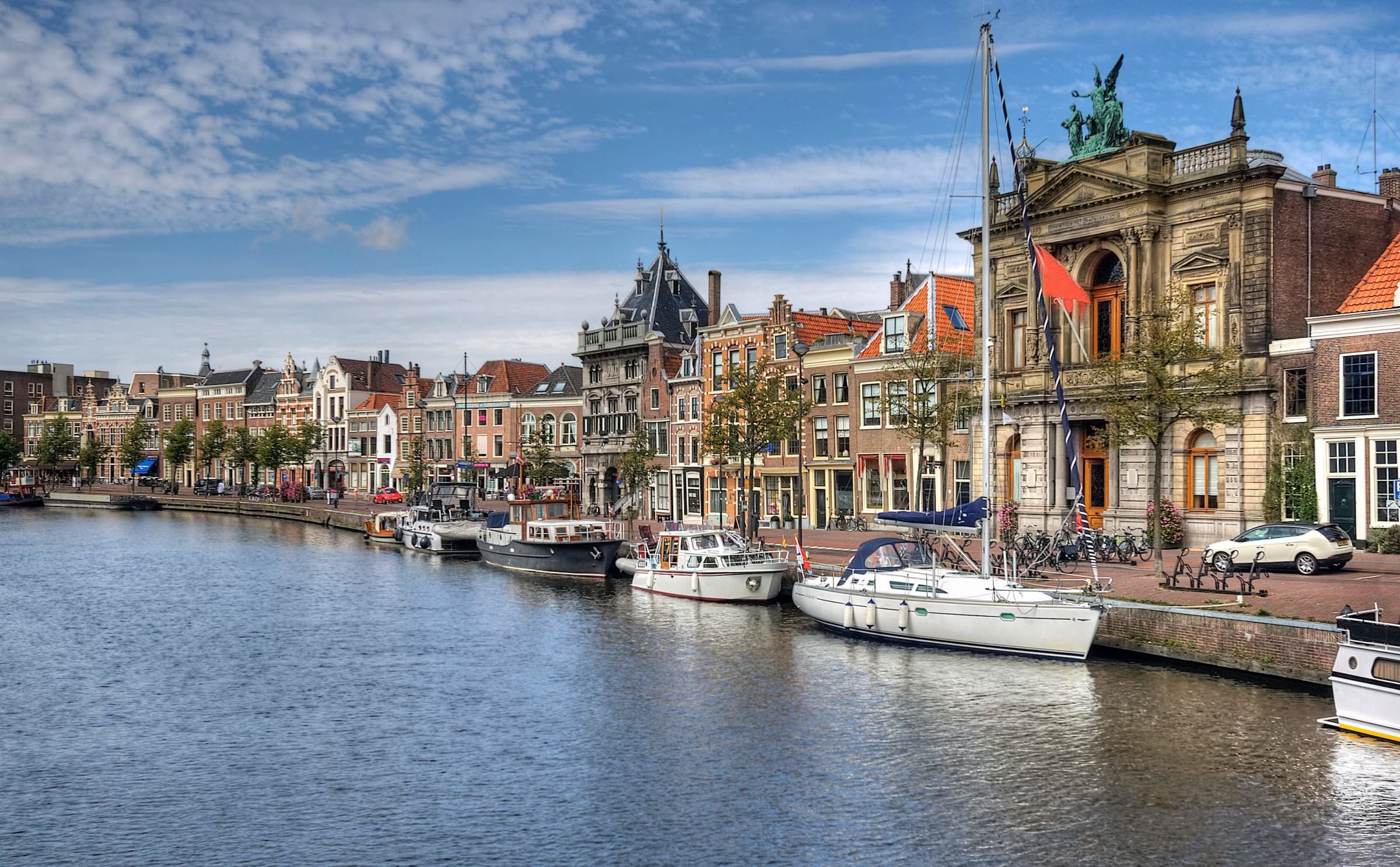
Spectacular 7 Nights Amsterdam Package Tour From India
- Flights excluded
- 4 star accommodations
- 7 activities
- Shared transfer
₹ 52,420
Starting price/person


